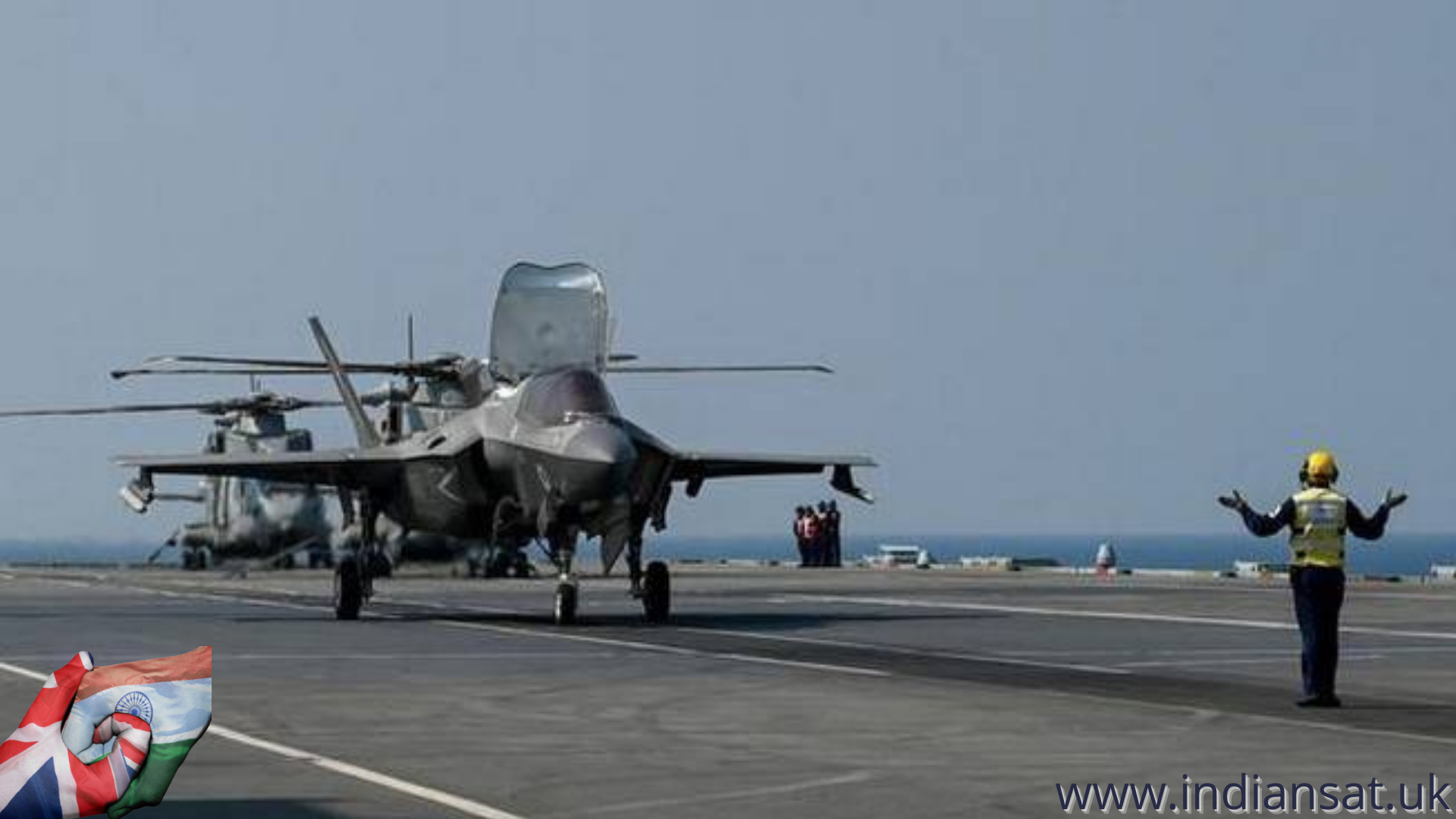As the United Kingdom’s Carrier Strike Group (CSG) gets ready for one of the biggest joint exercises – Konkan Shakti – with Indian armed forces, its biggest aircraft carrier HMS Queen Elizabeth has an added task- it aims to strengthen military as well as cultural ties with India with an intent to ‘demonstrate that democracies that have similar views of the world want to work together to keep peace and stability.’
Amid reports that the joint exercise may not be appreciated by China, which could see it as an answer to its might, the CSG’s top officer said peaceful negotiations remained the only answer but like-minded nations must stand together to protect the free flow of trade.
“But what is really important is the nations, I mean India, the United Kingdom and Japan and many others, in that region are maritime trading nations. Have been for hundreds of years. We rely on the free flow of trade, unencumbered and that is hugely important to us. And I think if anybody tries to stymie that or stop that, the like-minded nations would want to come together and stand against it,” Commodore Steve Moorhouse OBE, CSG Commander, told reporters on board HMS Queen Elizabeth.
He stated that was what lot of these exercises were about. “They demonstrate that democracies that have similar views of the world want to work together to keep peace and stability. That could be in the South China Sea or the western Indian Ocean or the Gulf of Aden or the North Sea,” he observed.
Stationed 50 miles off the Mumbai coast, this is the first aircraft carrier in the world, designed from the outset to operate fifth-generation combat aircraft, which will be hosting members from industry, trade, science and technology in the coming days, including a chef.
“Specifically with India, there is a whole comprehensive and strategic partnership that the two Prime Ministers have signed and visioned out at Roadmap 2030. We are one part of it. I am an expert in the military field. There are other areas of partnership with India that we are looking to strengthen and take forward.” Commodore Moorhouse noted.
Common protocols
Referring to one of the biggest exercises with India, he pointed out that it was very few times that the U.K. as a nation held an exercise of maritime, land and air at the same time. “Can the British Army quickly and securely set up communication with the Indian Army? Can we do that with the Indian Navy? Traditionally speaking, we can’t. We got to go beyond that. Common protocols are needed so that Indian ships can replenish from British ships and vice-versa. You got to have common operating procedures. No matter where you meet in the world, you can come together as an alliance, as a group of like-minded nations and look like a coherent and competent force,” he explained.
The exercise would test anti-submarine procedures, where an Indian submarine would pretend to be the enemy and the Indian and Royal Navy ships would try to find it. In addition, in air defence exercises where F-35s would attack the group, the Indian Air Force would be there. “These are the exercises where we will work together, but the forces will change the side just to increase the complexity of what we are trying to do,” he added.
HMS Queen Elizabeth, commissioned on December 7, 2017, has a displacement of 65,000 tonnes. A second ship, HMS Prince of Wales, is also in commission meaning one carrier is always available for operations. It can accommodate 40 aircraft, including F-35B fighter jets, along with a tailored mix of Merlin, Chinook, Wildcat and Apache helicopters. It is 280 meters in length, 70 meters beam and 11 meters draft. The CSK consists of the aircraft carrier, air defence destroyers, anti-submarine frigates, hunter-killer submarine and tide-class tanker RFA Fort Victoria – the replenishment ship.
![]()






